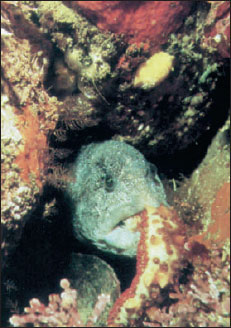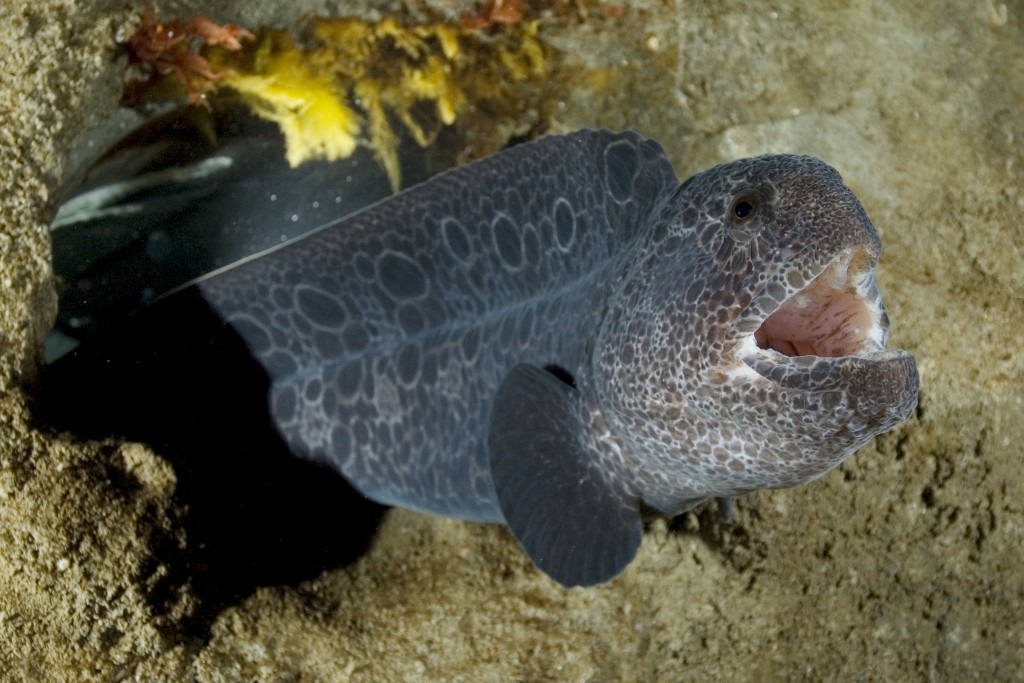

WOLF EEL VS MORAY EEL TRIAL
Discover Scuba | Trial Dive DATES: Weekends, days or evenings – PRICE: £60 – MINIMUM AGE: 10 years old.Recommended Tank: A 50 gallon or larger aquarium with plenty of hiding places throughout the aquarium.įood and diet: Its diet should include meaty foods such as small marine fish, chopped clam, and prawns in its diet.Īpproximate Purchase Size: Small: 6" to 7" Medium: 7" to 8" Large: 8" to 10" XLarge: 10" to 14"

The male wolf eel is green, while the female is a more drab gray/brown with a pinkish hue that seems to vary in intensity. As described in detail in Fish Tales 2004-4, this fish is a member of the Pseudochromidae (Dottyback) family. Other common names include the carpet eel blenny or just plain ol' eel blenny. It is important to clean the wound area well and immediately seek medical help.Ĭlick to view You Tube Video on the Green Wolf Eelĭescription: This fish from the Indo-West Pacific is neither an eel nor a blenny (and most certainly not a wolf). A bite from any Eel can cause a serious bacterial infection. We recommend the use of feeding tongs instead of using fingers. When feeding Eels, remember that an Eels eyesight is very poor.

Keep a tight fitting lid or light diffuser panel on the tank. Realistically, you'll want to consider these specimens for a fish-only system and species or mixed large 'predator' set-ups will be the best route.įinal Caution - Saltwater Moray Eels can be a challenge to keep due to their ability to escape aquariums. For larger morays, maintaining water quality suitable for invertebrates becomes much more of a challenge. Porcupine fish, puffers, lionfish and triggers can be good choices of companion - providing they're not meal-sized.Ĭan morays be maintained in a reef system? It's possible for the smaller species, notably the Snowflake and Chain link but filtration still needs to be able to cope with relatively high waste outputs. Larger, more predatory morays need to be kept in either a species aquarium or with robust, aggressive or semi-aggressive species. Tank mates - Tank mates should vary, depending on species and diet and smaller, crustacean feeders can co-habit with a range of fish species and sessile invertebrates, although they may eat very small fish. Vitamin supplementation should be considered for all morays to prevent dietary deficiencies. Piscivores will benefit from a mix of frozen fish species as well as squid. Specialist crustacean feeders should have a range of prawns and crabs. Whatever the diet of your chosen species, variety is important. Crustacean feeders tend to have flattened teeth for grinding and crunching hard-shelled invertebrates, while the needle-like teeth of piscivorous species are used for spearing and gripping slippery prey. The greatest clue to any species diet is dentition. They're all carnivorous, but some require a crustacean-based diet while others will favour fish or squid. Monitor alkalinity and pH, as it's easy for values to fall outside optimal with the high biomass. Don't even consider a moray without a preferably oversized protein skimmer. Extremely efficient biological filtration is also a must, with an adequately sized external canister or trickle filtration being ideal, and ensure a high turnover for adequate oxygenation. Filtration must cope with the large quantities of solid waste these fishes generate, so mechanical media needs to be suitably efficient and cleaned regularly.Consider the quantities of ammonia that can be generated - and that includes potentially dangerous 'spikes' after meals. Water quality - Even the smallest species is a relatively large fish compared to most other species commonly kept and, as such, their feed input and waste output is pretty prodigious.


 0 kommentar(er)
0 kommentar(er)
